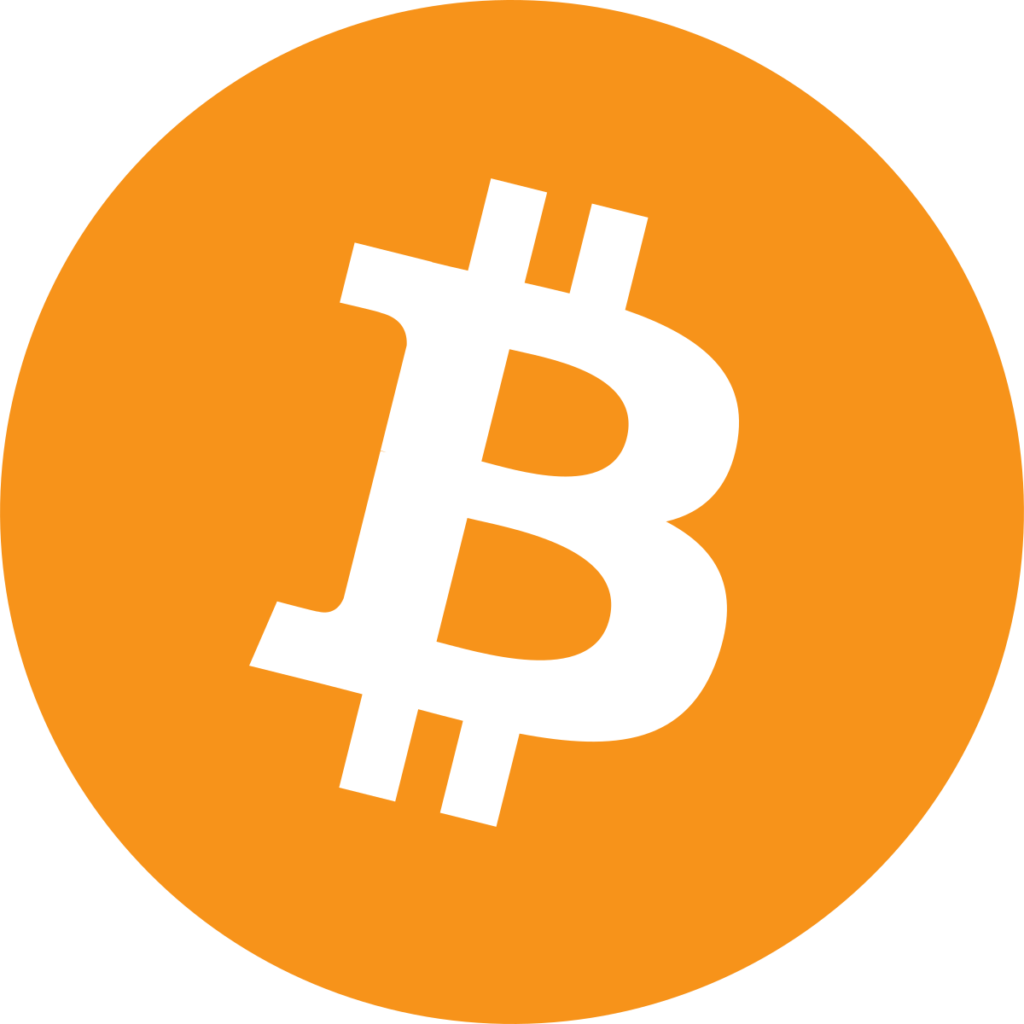Bitcoin mining involves both the creation of new bitcoins and the verification of transactions on the Bitcoin network.
It is done by specialized computers called miners, which compete with each other to solve complex mathematical problems and earn bitcoins as a reward.
The mining process begins when a user initiates a Bitcoin transaction. This transaction is broadcasted to the Bitcoin network and added to a pool of unconfirmed transactions. Miners then pick up transactions from this pool and include them in a block.
Once a miner has collected a set of transactions, they begin the process of trying to solve a cryptographic puzzle. The puzzle involves finding a hash, or a unique digital fingerprint, that meets a certain set of criteria. This is done by repeatedly changing the input data, or the block header, until the desired hash is found.
The difficulty of the puzzle is adjusted regularly to ensure that new blocks are found approximately every 10 minutes. This is to prevent the network from becoming congested and to maintain a steady supply of new bitcoins.
When a miner successfully solves the puzzle, they create a new block containing the transactions they have collected, along with a special transaction called the coinbase transaction. The coinbase transaction is the only transaction in the block that doesn’t have any inputs and is used to award the miner with new bitcoins.
Once a block is created, it is broadcasted to the Bitcoin network, and other miners verify that the block is valid by checking the hash and the transactions it contains. If the block is valid, it is added to the blockchain, a public ledger of all Bitcoin transactions that have ever occurred.
The reward for mining a block is currently 6.25 bitcoins, but it is halved every 210,000 blocks, or approximately every four years. This is to ensure that the supply of new bitcoins is limited and that the network remains secure.

Here is a step-by-step explanation of the Bitcoin mining process:
Verification of Transactions
When a Bitcoin user initiates a transaction, it is broadcasted to the network, where it awaits confirmation from the network’s miners. Miners will verify the transaction to ensure that the sender has enough Bitcoin in their wallet to complete the transaction and that the transaction is legitimate.
Compilation of Transactions into Blocks
Once the transaction is verified, miners compile a list of transactions into a block. The block contains a header, which includes the previous block’s hash and the current block’s timestamp.
Solving Mathematical Problems
Miners compete to solve a complex mathematical problem, known as the Proof of Work (PoW) algorithm. The first miner to solve the problem gets the right to add the new block to the blockchain, and the miner receives a reward in the form of new bitcoins.
Validation of Blocks
Once a miner solves the PoW algorithm, they broadcast the new block to the network. Other miners then verify the block’s validity and add it to their copy of the blockchain.
Consensus and Block Rewards
Bitcoin’s consensus mechanism ensures that all miners agree on the state of the network. Once the majority of miners have verified and agreed on the new block, it becomes part of the blockchain, and the miner receives a block reward of newly created bitcoins, plus any transaction fees included in the block.
Mining Difficulty Adjustment
The Bitcoin network adjusts the difficulty of the PoW algorithm to ensure that new blocks are generated every ten minutes, regardless of the number of miners on the network. As more miners join the network, the difficulty of mining increases, and as miners leave the network, the difficulty decreases.
In conclusion, Bitcoin mining is a complex process that involves verifying transactions, compiling them into blocks, solving mathematical problems, and receiving a reward in the form of newly created bitcoins. The security and integrity of the Bitcoin network heavily rely on the crucial role played by miners.
 IT2EDU Empowering Education Through Technology
IT2EDU Empowering Education Through Technology
